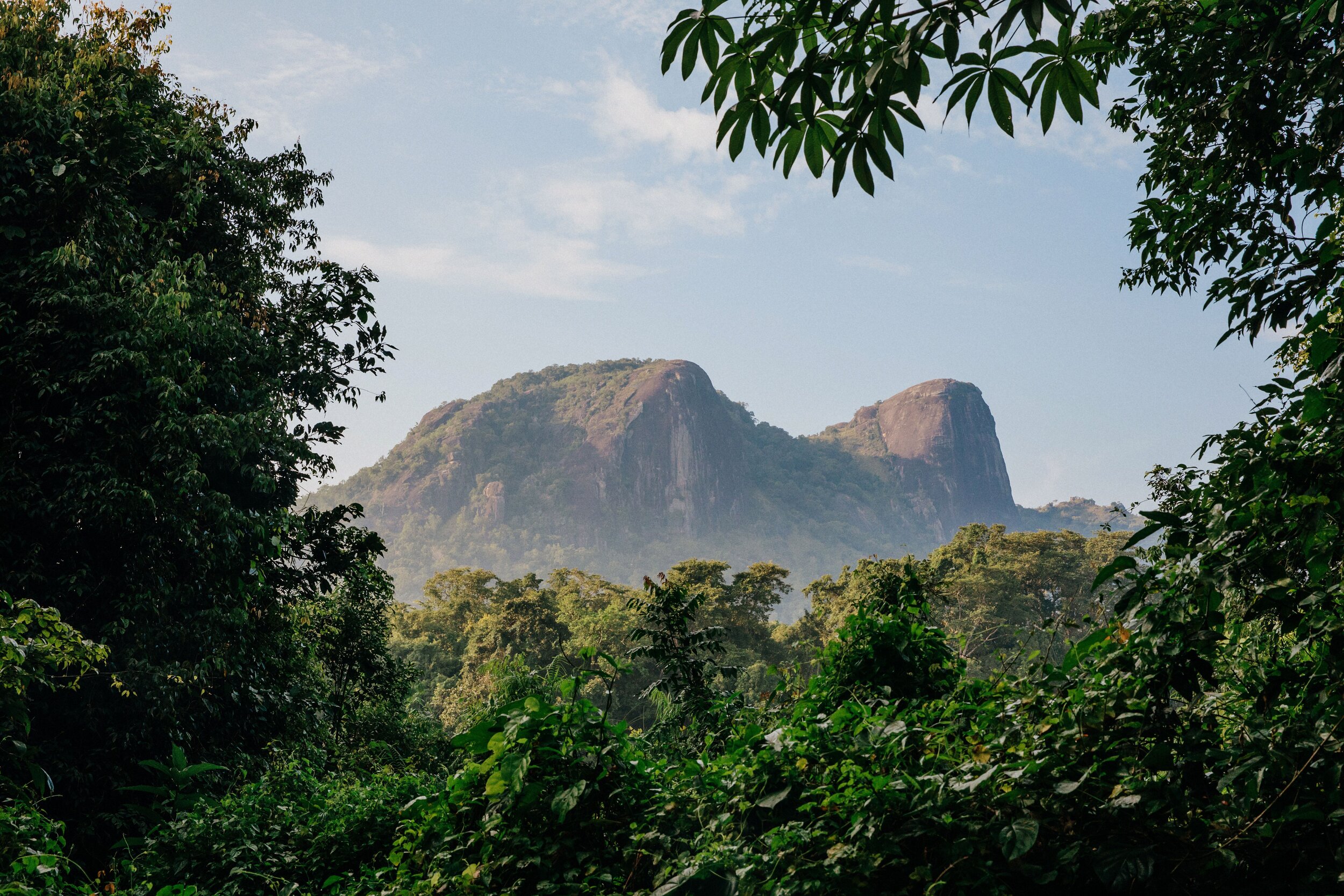
Flora and fauna
Lying in the Intermediate Zone of Sri Lanka, and so offering diverse habitats, Gal Oya is home to 32 mammal species, over 150 bird species and a healthy number of reptiles and amphibians.
It boasts an equally rich selection of flora, from sought-after Ayurvedic plants to abundant grasslands and monsoon forest.
The Gal Oya Big Three
Crocodile
Mugger Crocodiles are endemic to South Asia. Distributed across national parks and freshwater reservoirs, Mugger Crocodiles can grow up to 16ft or 5m long.
Visitors to the Park can enjoy a boat safari experience to see Muggers up close, basking in the sun on granite rocks and sometimes even hunting birds and reptiles.
Elephant
Senanayke Samudra, the largest body of inland water in Sri Lanka is probably the best place to see swimming elephants.
The Sri Lankan Elephant is a sub species of the Asian Elephant and since 1986 they have been listen in IUCN as an endangered species.
Gal Oya still has a rich density of elephant and they can be seen by boat, or by jeep, on safaris across the Park.
Leopard
Sri Lankan leopards are notoriously shy. As nocturnal animals, already well hidden under thick forest cover, sightings within the Park are rare.
The population, though, is healthy and leopard conservation programmes like that run by The Wilderness and Wildlife Conservation Trust offer further protection.
Other wonderful mammals
Beyond the very recognisable, the Park is home to a host of less celebrated but wonderful mammals.
Primates such as Toque Macaques and Grey Langur; Wild Boar, Water Buffalo, Deer and Sloth bear.
As well as the leopard, Gal Oya is a home to Sri Lanka’s three other wild cats - the Fishing Cat, the Jungle Cat and the Rusty Spotted Cat.
These amazing creatures are ever-more appreciated and the delicate nature of their habitats better understood.
Organisations like FishCat are working to help preserve and in some cases restore the ecosystems of which these animals are a kay part.
Birdlife in Gal Oya National Park
Birding in the Intermediate Zone offers twitchers a great opportunity to add good numbers to their checklists.
Areas in and around Gal Oya National Park are home to more than 150 species.
Endemic birds such as the Crimson Barbet, Ceylon Green Pigeon, Ceylon Grey Hornbill , Scimitar Babbler, Orange Billed Babbler, Sri Lankan Wood-Shrike, Ceylon White Eye, Ceylon Hill Myna, Ceylon Jungle and Spur Fowl are all found in Gal Oya National Park.
Bird watching can be arranged in the Nilagala Protected Reserve in Jeeps with professional guides and bird walks around water bodies and hill forests also offer some beautiful sightings with a scenic backdrop of evergreen forests.
A boat safari is possibly the best way to see fishing Eagles, along with other water birds found in the area.
The varied flora of Gal Oya National Park
Nilgala Protected Reserve was once the protectorate of ancient royalty, known for the abundant medicinal plants and herbs found in the area.
Over the years Nilgala has retained its rare floral species such as Pterocarpus Marsupium, Careya Arborea, and Cassia Fistula which have both local and medicinal uses.
The local and common species include Berrya Cordifolia, Longan, Mangifera Zeylanica, Diospyros spp., Ziziphus spp. and Mallotus repandus ("wal keppetiya").




